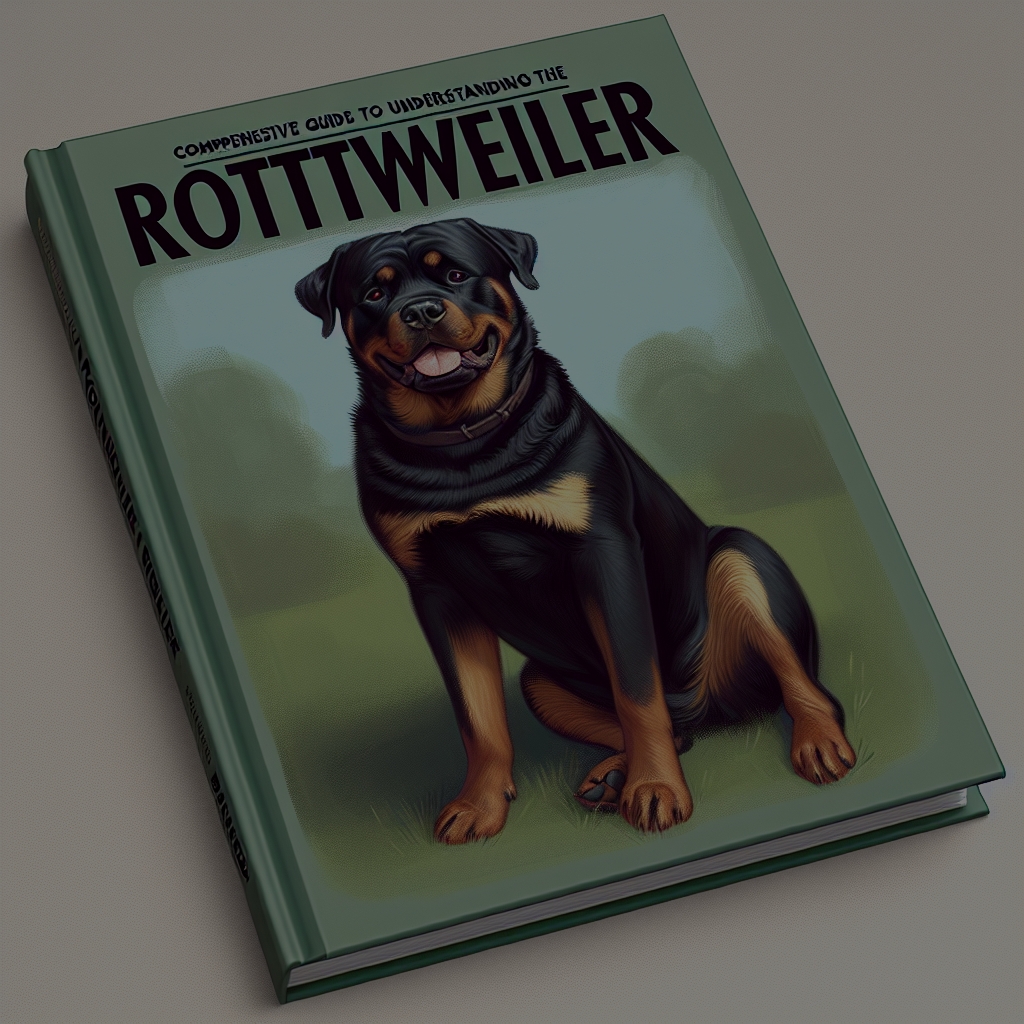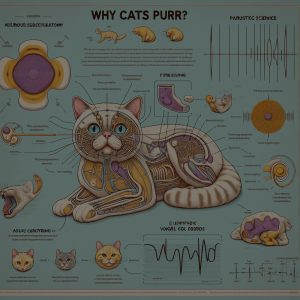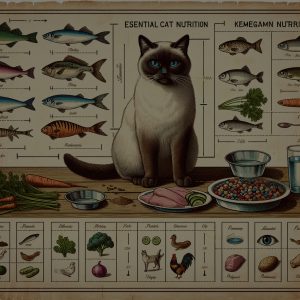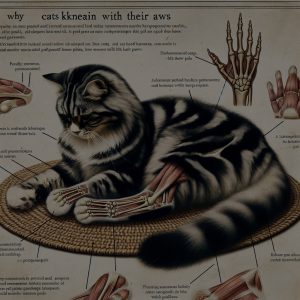
Comprehensive Guide to Understanding the Rottweiler Breed
The Rottweiler is a breed that captures attention with its imposing presence and impressive strength. Often associated with a steadfast loyalty and protective nature, Rottweilers have a rich history that dates back centuries. This comprehensive guide delves into the origins, physical characteristics, temperament, and health considerations of the Rottweiler breed to provide a thorough understanding of these remarkable dogs.
Origins and History of the Rottweiler Breed
The Rottweiler’s origins can be traced back to the Roman Empire, where they were employed as herding and guard dogs. Roman legions marching across Europe brought their sturdy and reliable drover dogs with them to drive cattle and protect their camps. These dogs eventually bred with local canines, giving rise to the early ancestors of the modern Rottweiler.
In the Middle Ages, Rottweilers became known as "Rottweil Metzgerhund," or "Butcher’s Dogs," due to their role in herding livestock and pulling carts laden with butchered meat to market. The town of Rottweil in Germany became synonymous with this breed. Their strength, endurance, and intelligence made them indispensable to butchers and farmers alike, solidifying their reputation as hardworking and resilient dogs.
As technology advanced and the need for drover dogs declined, Rottweilers found new roles in police work, search and rescue, and as loyal companions. The breed’s versatility and adaptability have ensured its continued popularity and utility in various capacities, making the Rottweiler a beloved and respected breed worldwide.
Physical Characteristics and Appearance
Rottweilers are medium to large-sized dogs, known for their robust and muscular build. Males typically weigh between 95 to 135 pounds, while females range from 80 to 100 pounds. Their height at the withers usually falls between 22 to 27 inches. The breed’s powerful physique is complemented by a broad chest, strong back, and well-defined musculature.
One of the most striking features of the Rottweiler is its distinctive coat, which is short, dense, and lies flat against the body. The coat is predominantly black with clearly defined rust-colored markings on the cheeks, muzzle, chest, legs, and beneath the tail. This coloration enhances their commanding appearance and adds to their appeal.
The Rottweiler’s head is another defining characteristic, featuring a broad skull, strong jaw, and a slightly rounded forehead. Their dark, almond-shaped eyes convey an alert and confident expression, while their ears are medium-sized, triangular, and set high, lying flat against the head. This combination of physical traits contributes to the Rottweiler’s formidable and dignified appearance.
Temperament and Behavioral Traits
Rottweilers are known for their loyalty, intelligence, and protective nature. They form strong bonds with their families and are often very affectionate and playful with those they trust. This breed’s loyalty and protective instincts make them excellent guard dogs, as they are naturally inclined to watch over their loved ones and territory.
Despite their strong protective instincts, Rottweilers are typically calm and confident. They are not easily startled and tend to approach new situations with a composed demeanor. However, their assertive nature means they require consistent, positive reinforcement training and socialization from an early age to ensure they grow into well-adjusted adults.
Rottweilers are highly intelligent and thrive when given tasks that challenge their minds and bodies. They excel in obedience training, agility, and working roles such as police or service work. It’s important for owners to provide ample mental and physical stimulation to prevent boredom and the development of undesirable behaviors. With proper training and socialization, Rottweilers can be gentle, reliable, and well-mannered companions.
Health Considerations and Common Issues
Like many large breeds, Rottweilers are predisposed to certain health issues that potential owners should be aware of. Hip and elbow dysplasia are common in this breed, conditions that can lead to arthritis and mobility problems. Responsible breeders often screen for these genetic issues to minimize their occurrence in puppies.
Another health concern for Rottweilers is bloat, a life-threatening condition where the stomach fills with gas and twists on itself. This can occur suddenly and requires immediate veterinary attention. To reduce the risk of bloat, it’s advisable to feed Rottweilers smaller, more frequent meals and avoid vigorous exercise immediately before or after eating.
Rottweilers can also be prone to heart problems such as aortic stenosis and cardiomyopathy. Regular veterinary check-ups are essential to monitor their heart health and catch any potential issues early. Additionally, maintaining a healthy weight through proper diet and exercise can help mitigate some of these health risks. Overall, with proper care and regular veterinary attention, Rottweilers can live healthy and fulfilling lives.
The Rottweiler breed embodies a remarkable blend of strength, intelligence, and loyalty. Understanding their origins, physical traits, temperament, and health considerations is essential for anyone considering bringing a Rottweiler into their home. With the right care, training, and socialization, Rottweilers can be exceptional companions, guardians, and working dogs, enriching the lives of those who appreciate their unique qualities. Whether guarding a family, performing tasks, or simply being a loyal friend, the Rottweiler’s legacy as a versatile and noble breed continues to endure.










